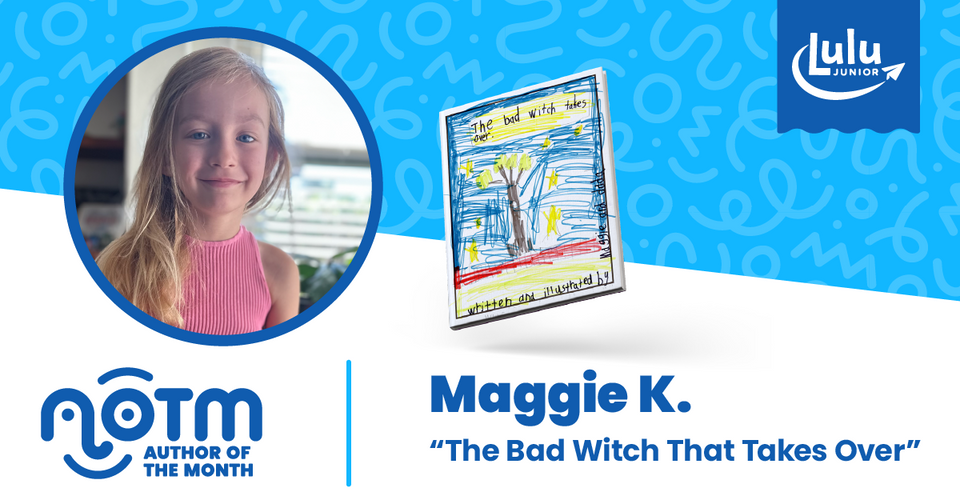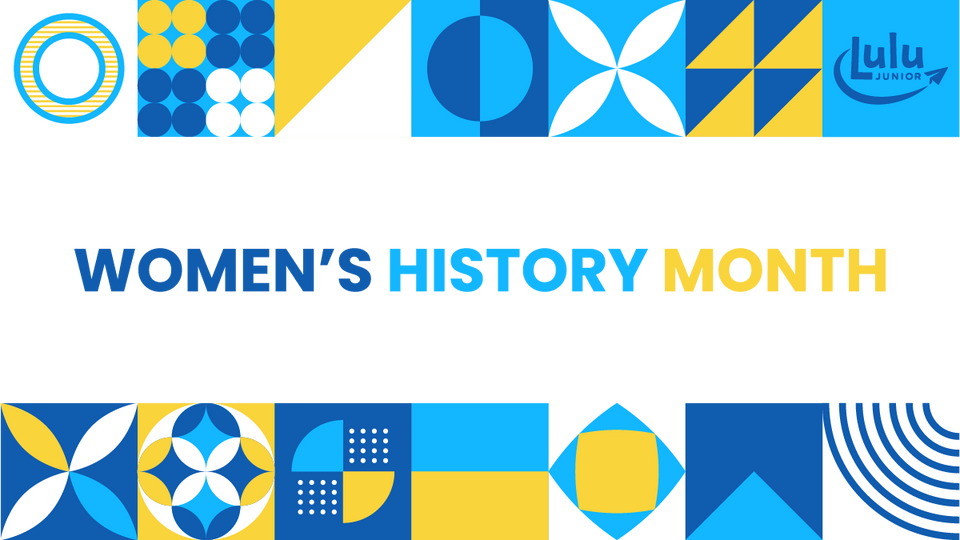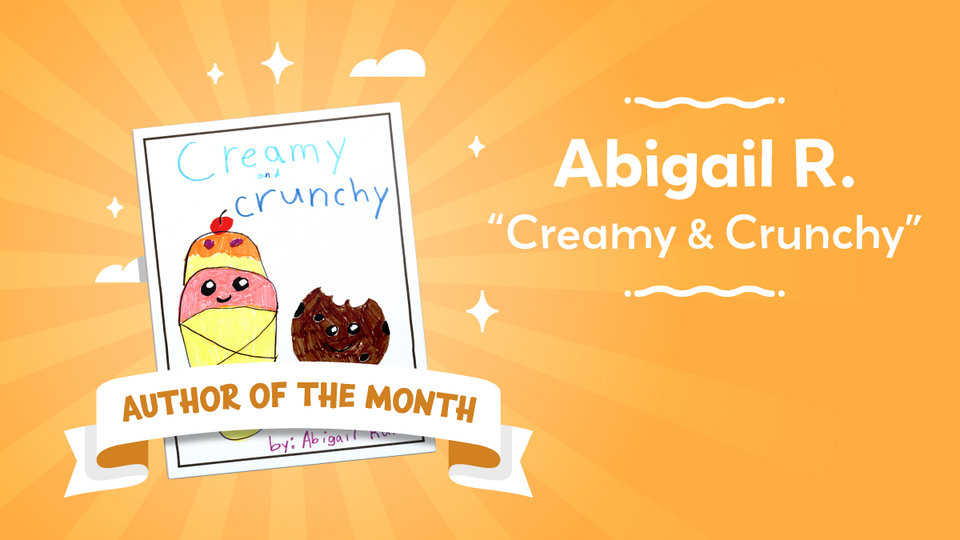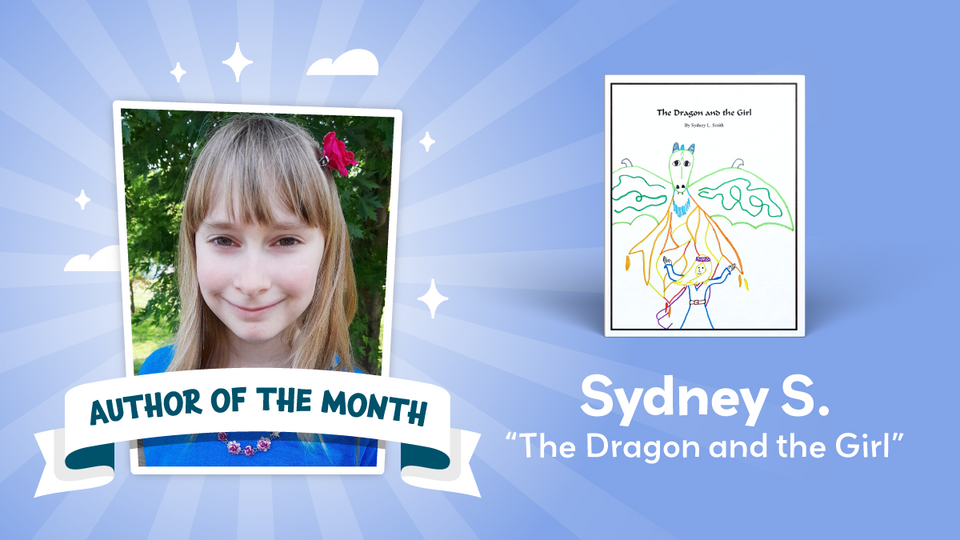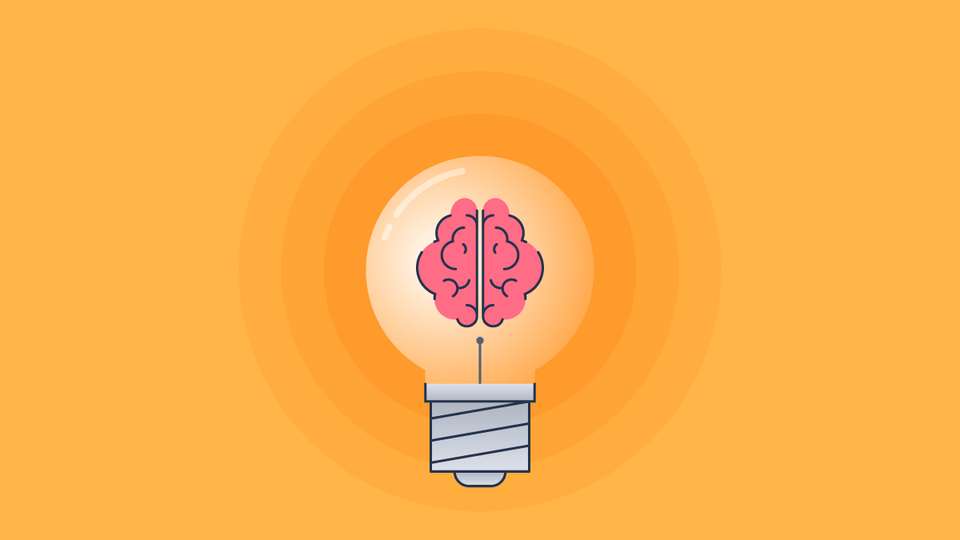
Personalized and Project-Based Learning
A little while ago, we featured a school from Brooklyn using Lulu Junior kits to promote a project based learning curriculum. The growth and spread of project based learning, or PBL for short, highlights one of the core goals of Lulu Junior: to promote education through action.
How exactly does activity promote learning? I got curious about this topic and dug a little deeper. I found some interesting research done on PBL programs. Let’s examine the pros and cons of project based learning curriculums.
What is Project Based Learning?
As the name implies, educators base lessons around a project rather than a desired test score. Students engage with a real-world problem (either small scale or large) and within the framework of this problem have the freedom to explore creative solutions. The goal is to foster an environment that promotes creative thinking over rote memorization.

Which in principle seems awesome.
To further expand on this definition, Heather Wolpert-Gawron writes in a piece for Edutopia, “[PBL] couches lessons in a tale—a tale about a problem that must be solved or an activity that must be developed. The learning happens along the way towards the presentation of the solution.”
I love this description because it touches on the two most valuable aspects of project based learning: the tie-in to real issues and active learning.
Helping Students Become Citizens
One important way that project based learning differs from simply assigning a project to students is the intent. An assigned project means to reinforce or expand on a skill taught in previous lessons. But in a project-based environment, the skills are learned as part of the project. Rather than seeking to teach a single skill, the project-based curriculum aims to answer a question.
If this sounds like teaching critical thinking skills, you’re getting the idea.

The students aren’t just thinking their way through theoretical problems. Project based learning looks to real-world problems and issues. It could be something broad like “how do we keep the environment safe for future generations?” Within that very real question are all kinds of potential projects.
When students have the choice of how to approach the problem, they take charge of their learning. One student may explore renewable energy as a means to preserve the environment. Another might look at biodegradable plastic. Both serve the driving question while also allowing the students an opportunity to take charge of their education.
Approaching problems in the way project based learning curriculums do promotes the kind of thinking that makes good citizens. As adults, we need to think critically and be able to unpack complex problems so we can make the problem manageable. We don’t get practice solving problems like this while taking a test.
Start Learning, Never Stop Learning
Working in parallel with the question driven education plan is a necessity to be perpetually learning. Most of us already understand that we never really stop learning. It’s learning how to learn that we need early on. And that’s one of the main goals of a project-based curriculum.

Again, we start from the driving question. Students are provided with educational ‘scaffolding’ as researchers call it to support their inquiries. This can range from resources like teaching how to use Wikipedia effectively, to helping students request information from public institutions. The teacher plays the role of facilitator, ensuring students have the means and resources to pursue their project.
The more I learn about project based approaches, the more I lament my own education. So many exams to test whether or not I memorized multiplication tables and state capitals. Learning by doing was a foreign concept in my youth. It led to a struggle for me as I worked through higher education and had to teach myself how to learn.
Starting earlier just makes sense.
Technology Expands Opportunities
There’s a sort of prevailing fear that we’re all becoming slaves to our smartphones. The endless scroll of Instagram or Twitter might be enticing, but we also need to appreciate how important technology is to education.
For project based initiatives, technology often underpins the guidance teachers are providing. Understanding how to use the internet for research is one of the most important and evolving aspects of education.

I see technology as one of the scaffolds educators will use to help guide and prepare students. The entire concept of project based learning revolves around developing learning skills to empower developing other skills. Our use of devices is unlikely to stop anytime soon, so creating good habits early is the best way to ensure kids use the internet wisely.
Where We Go From Here
As an outsider looking in, project based learning is superior to more regimented styles of teaching. I see the opportunities I didn’t have to explore ideas and learn by engaging with content rather simply memorizing for a test.
So what’s next? If you’re an educator or parent and the idea of project based learning appeals to you, I encourage you to learn more from sources like PBLWorks, a respected nonprofit working to promote project based curricula.
And if you have or have had experience working in project-based classrooms, share your story below!

